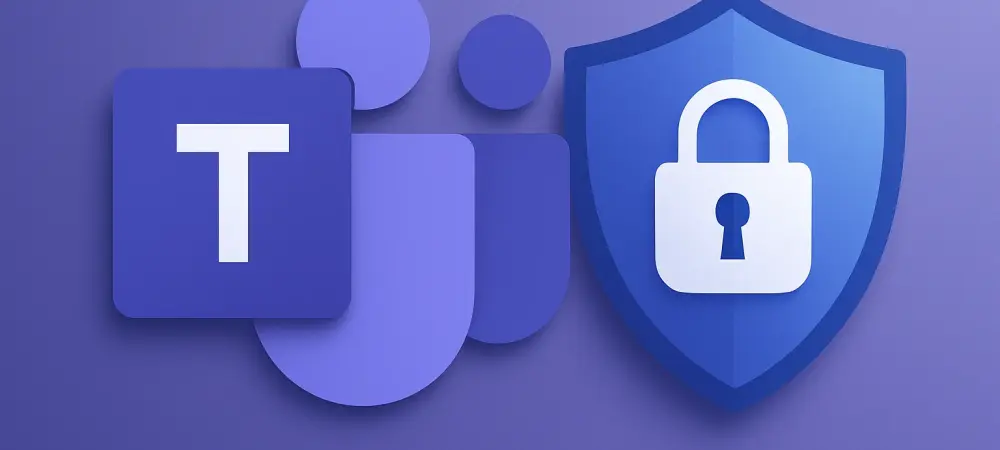As digital threats evolve, organizations must adapt swiftly to maintain robust security frameworks. Microsoft has consistently been at the forefront of providing advanced security solutions. In a significant enhancement to Microsoft Teams’ capabilities, a new feature now allows administrators to employ rule-based controls for managing Microsoft 365-certified applications in bulk. This marks a pivotal moment in boosting app governance and fortifying the security posture within Microsoft Teams environments. The implementation of these features is anticipated between August and September of this year, and the default setting will grant access to all applications, ensuring that users have expansive, albeit secure, access from inception.
Tailoring App Availability with Rule-Based Management
Automated and Intelligent Filtering
The core of this advancement rests in introducing automated, rule-based management into the Teams admin center, further empowering administrators. This feature enhances org-wide app settings, ushering in an intelligent filtering mechanism that evaluates applications based on publisher verification, permission scopes, and compliance standards. This structured approach not only streamlines app governance but also extends beyond the previous limitations that third-party app tenant settings imposed. With this, administrators can fine-tune app availability, fostering a tailored security environment that aligns precisely with organizational needs. Ensuring security compliance has never been more accessible, as administrators can implement nuanced controls driven by specific API permissions, data access levels, and verified publisher credentials.
Transition and Customization
A significant benefit of this feature lies in its capacity for automation and customization, reducing the administrative workload while maintaining heightened security. Its rule-based architecture autonomously validates applications against security policies, ensuring compatibility with Microsoft 365 certification and OAuth scope standards. Organizations that have relied on third-party app tenant settings will experience this shift seamlessly. Those that have disabled org-wide app settings should plan to reassess their strategies. The transition period includes a 30-day grace window post-feature activation, allowing administrators to reconfigure settings before enforcement, thus maintaining system integrity without compromising immediate operational security.
Enhancing Security with Proactive Policy Enforcement
Strengthening Security Posture
This innovative approach underscores Microsoft’s commitment to cybersecurity, emphasizing proactive policy reinforcement paired with customization capabilities. The automated solution ensures that organizations bolster defenses by aligning app usage with stringent security checks. By focusing on automation and a customizable framework, Microsoft lays the groundwork for more resilient security apparatuses that protect against increasingly sophisticated threats. Organizations can be reassured that rule-based controls provide continuous oversight, translating to real-time application of policies and protocols, thereby maintaining an ideal security environment.
Adapting to Modern Threat Landscapes
In response to the challenges posed by the dynamic threat landscape, this development signifies a strategic pivot. By offering administrators the capacity to automate security checks and customize settings, Microsoft equips organizations for proactive threat mitigation. Seamlessly integrating these enhanced controls into Microsoft Teams ensures that the platform remains a reliable anchor for collaboration without sacrificing security. With an eye toward agility, this feature addresses the need for adaptable strategies, empowering teams to focus on mission-critical operations knowing their digital assets are shielded by intricate security layers.
Looking Forward in Cybersecurity
As digital threats continue to develop, organizations need to adjust quickly to maintain effective security measures. Microsoft remains a leader in offering cutting-edge security solutions. Recently, they’ve introduced a major upgrade to Microsoft Teams’ functionality—a feature allowing administrators to utilize rule-based controls to manage Microsoft 365-certified apps in large quantities. This advancement is a critical step in enhancing app governance and strengthening security within Microsoft Teams environments. While these features are expected to be implemented between August and September, the default setting will provide access to all applications from the start. This approach ensures that users have broad yet secure access initially, balancing the need for accessibility with stringent security measures. Microsoft’s proactive stance in improving app management reflects its commitment to safeguarding digital workspaces against evolving threats, making a significant mark in corporate cybersecurity solutions.

